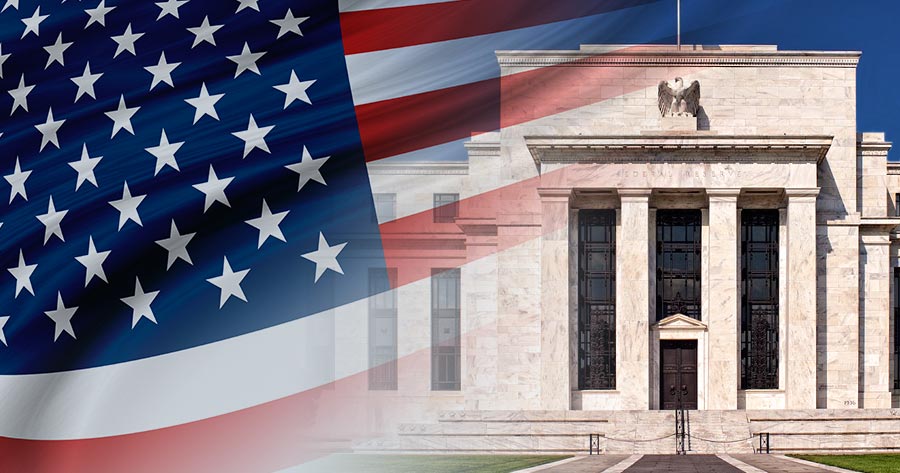Last Friday, the May consumer price index showed an acceleration of 8.6% year over year and 1.0% from the previous quarter, crashing hopes that the rise in cost of living had peaked in the previous month. Meanwhile, core inflation, which excludes food and energy prices, only eased to 6.0% from 6.2%.
The reading of 8.6% in May was higher than the 8.2% expected by economists.
The Labor Department said that the surge in prices was “broad-based, with the indexes for shelter, gasoline, and food being the largest contributors.”
The Fed will kick off its June meeting this week, while the market will focus on what the Fed’s Chair Jerome Powell has to say on Wednesday.
A 50 basis points raise was widely expected by investors for this meeting, but the hotter-than-expected inflation in May could lead the Fed on more aggressive moves and a faster pace of future rate hikes.
Goldman Sachs raised its terminal rate forecast to 3.25-3.5%, adding 50 basis points in September and November and 25 basis points in December and January. The firm wrote that it expected the dot plot to show a median forecast of 2.875% at end-2022, implying 50bp hikes through September and 25bp hikes thereafter. Goldman Sachs expected the median dot to show three additional 25bp hikes in 2023 to 3.625%, reflecting a balance between greater caution once the level of the funds rate is already fairly high and a need to respond with at least an occasional hike to an inflation path still solidly above 2%.
Finally, Goldman expected that most participants will leave the funds rate flat in 2024 but a sizeable minority will show cuts, resulting in the median dot showing one 25bp cut to 3.375%.
According to Reuters Poll, the market expected Fed’s funds rate to finish the year at 2.5 – 2.75%. Two more hikes are now expected in 2023 in 1Q and 2Q. The rate should maintain at 3.00 – 3.25% throughout 2023.





